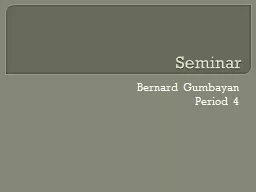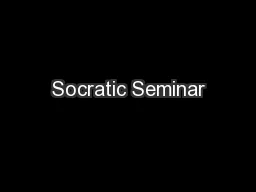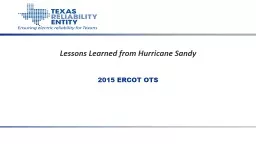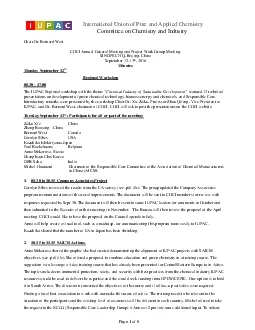PPT-Seminar Bernard Gumbayan
Author : karlyn-bohler | Published Date : 2019-11-24
Seminar Bernard Gumbayan Period 4 Question Describe and analyze the longterm social and economic trends in the period 18601917 that prepared the ground for revolution
Presentation Embed Code
Download Presentation
Download Presentation The PPT/PDF document "Seminar Bernard Gumbayan" is the property of its rightful owner. Permission is granted to download and print the materials on this website for personal, non-commercial use only, and to display it on your personal computer provided you do not modify the materials and that you retain all copyright notices contained in the materials. By downloading content from our website, you accept the terms of this agreement.
Seminar Bernard Gumbayan: Transcript
Download Rules Of Document
"Seminar Bernard Gumbayan"The content belongs to its owner. You may download and print it for personal use, without modification, and keep all copyright notices. By downloading, you agree to these terms.
Related Documents














